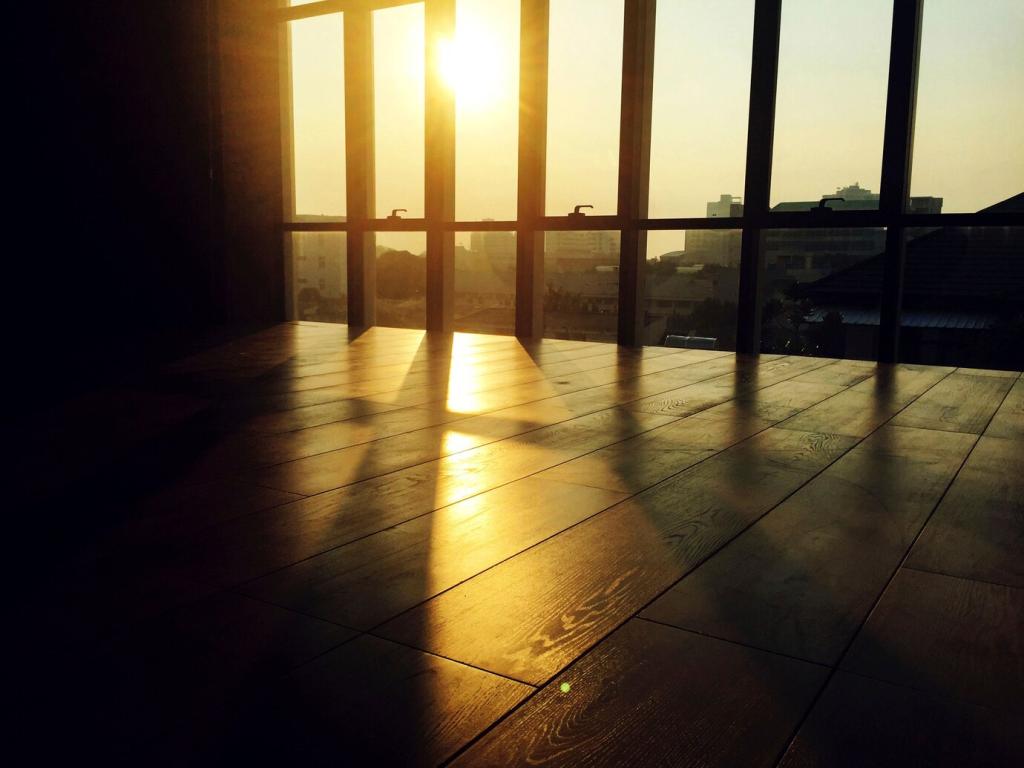
Tips for Enhancing Natural Light in Interior Design
Achieving a bright, airy atmosphere in your living or working space relies heavily on maximizing the presence of natural light. From boosting mood and well-being to reducing energy consumption, harnessing sunlight is an integral aspect of effective interior design. By carefully considering placement, color, reflective surfaces, and thoughtful décor choices, it’s possible to transform even the dimmest rooms into vibrant, inviting spaces. Explore the strategies below for elevating the role of daylight in your interiors.

Light-Filtering Fabrics
Choosing light-filtering fabrics allows you to maintain privacy while still bathing your space in gentle, diffused sunlight. Sheer curtains are especially effective, as they minimize harsh shadows and maximize the area illuminated by incoming daylight. Selecting materials with a high degree of translucency helps distribute light evenly, creating a warm, welcoming ambiance throughout the day. In addition, lighter-colored sheers can prevent glare without sacrificing brightness, bringing a soft glow to every corner.

Minimal Hardware and Layered Options
Opt for window hardware and treatments that obstruct as little glass as possible. Sleek rods, hidden mechanisms, or wall-mounted shades make the most of every inch, letting more sunlight spill in. In multifunctional spaces, consider layered window coverings such as pairing sheer panels with blackout drapes. This offers control over lighting conditions without permanently dimming the room, and makes it easy to adjust for privacy, temperature, or brightness at any hour.
Selecting Light-Enhancing Colors and Surfaces
Choosing Reflective Paints
Selecting high-luster or semi-gloss paint finishes for walls and ceilings can dramatically increase light reflection. These surfaces bounce sunlight around the room, brightening dim corners and elevating the sense of openness. Whites and light neutrals are particularly powerful, acting as blank canvases that amplify every ray of sunshine. Even in rooms with limited window access, a vibrant, light-toned base can revitalize and open up the area.
Strategic Placement of Mirrors
Mirrors act as natural light multipliers, reflecting sunlight deep into interiors. Positioning large mirrors opposite or adjacent to windows can make a room feel significantly brighter and more expansive. For maximum effect, experiment with varying mirror sizes and shapes, anchoring them at points where they’ll catch and cast daylight across the space. Mirrored or metallic décor can serve a similar function, enhancing the luminous effect and adding depth at the same time.
Incorporating Glossy or Polished Finishes
Introducing furniture and surfaces with glossy or polished finishes can further magnify available light. Lacquered tables, glass cabinetry, or polished tile floors allow daylight to travel and shimmer around the room. These elements pair beautifully with more tactile, matte finishes for contrast, but their reflective quality remains key. Whether through minimalist additions or bold statement pieces, shiny textures help distribute sunlight and boost overall brightness.
Architectural Adjustments for Daylight Flow
Open Plan Layouts
Open layouts remove barriers to daylight, allowing sunlight to traverse multiple zones seamlessly. By minimizing interior walls or opting for wide archways instead of doors, you can improve light flow between spaces. Open concepts not only brighten communal areas but also create a more fluid energy, linking living, dining, and workspace environments. The increased exposure helps ensure that even spaces farthest from windows remain airy and well-lit throughout the day.


Installing Skylights and Transoms
Skylights introduce natural light from above, bathing interiors in sunshine regardless of wall window positions. They’re especially beneficial in rooms with limited exterior walls or in top-floor apartments where ceiling access is possible. Transom windows installed above doors, or interior windows between rooms, can further boost daylight distribution, channeling light into corridors or central areas. With these additions, you can enjoy sunlight’s benefits no matter where you are in the house.
